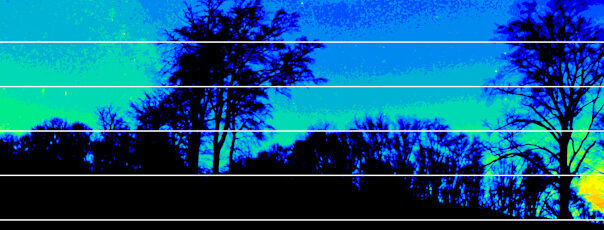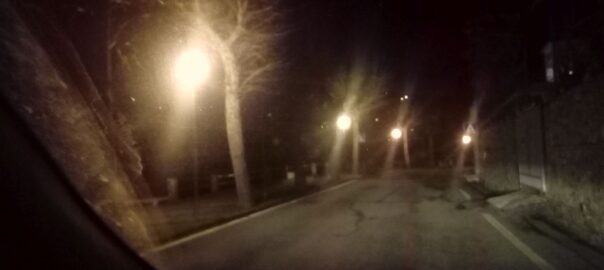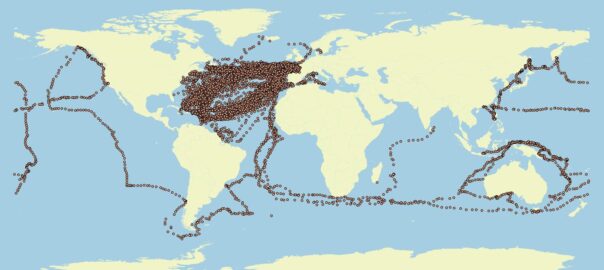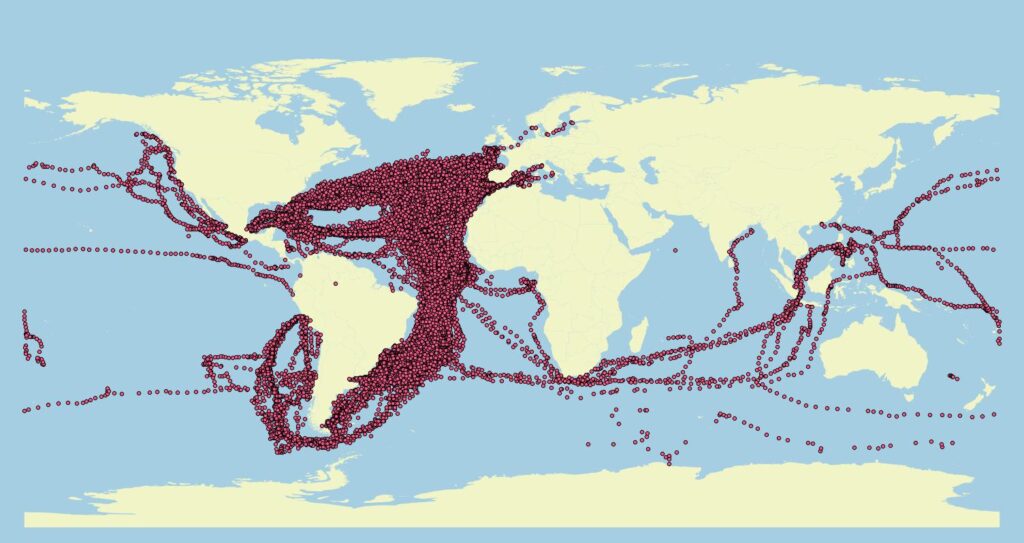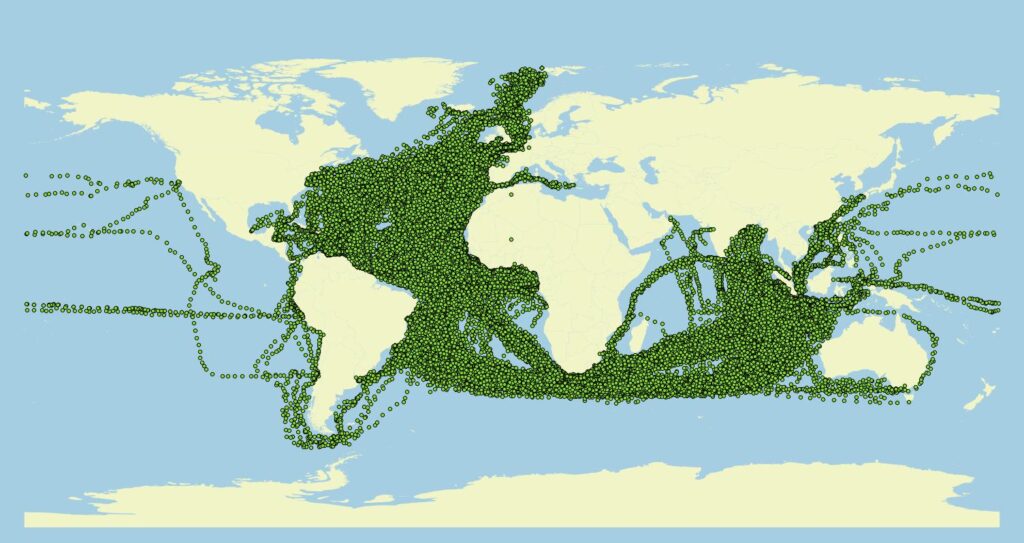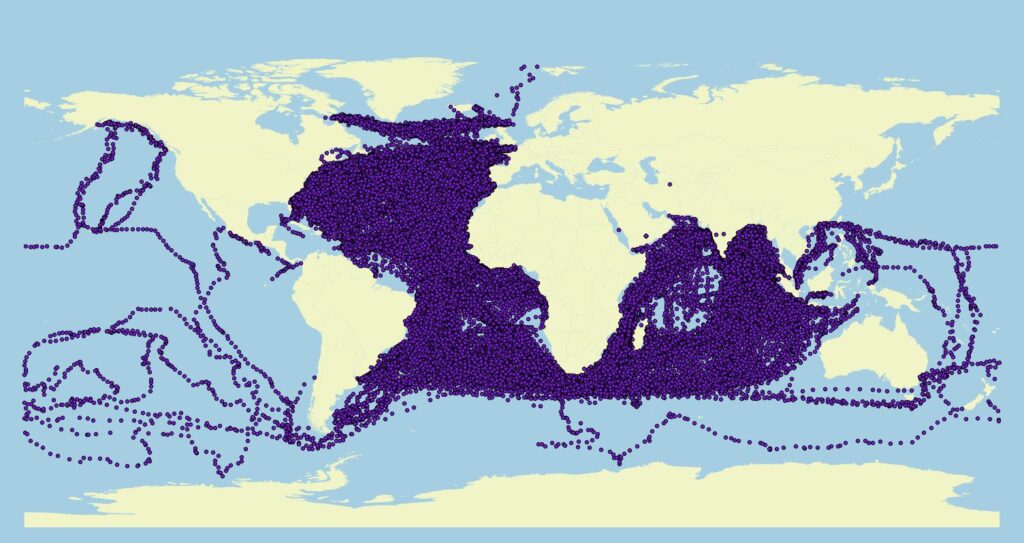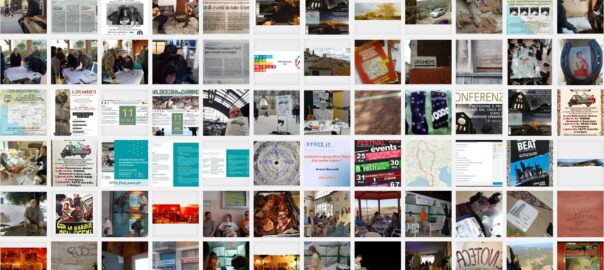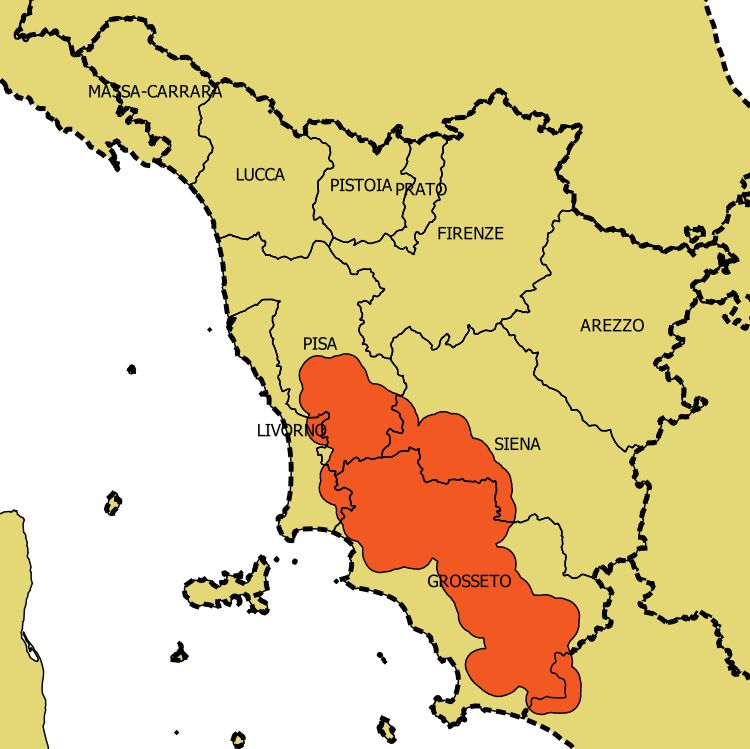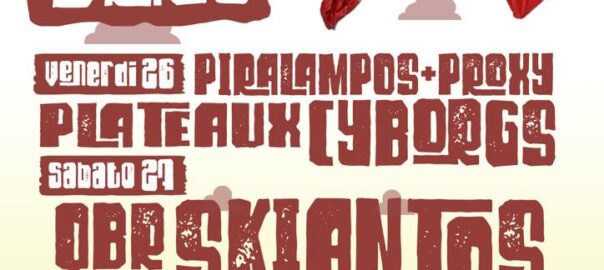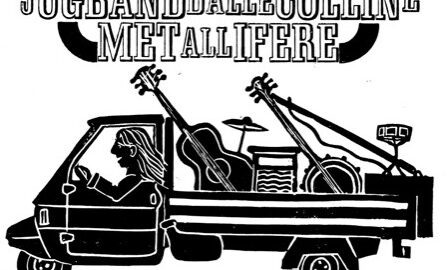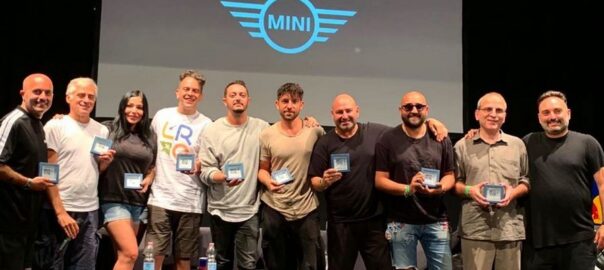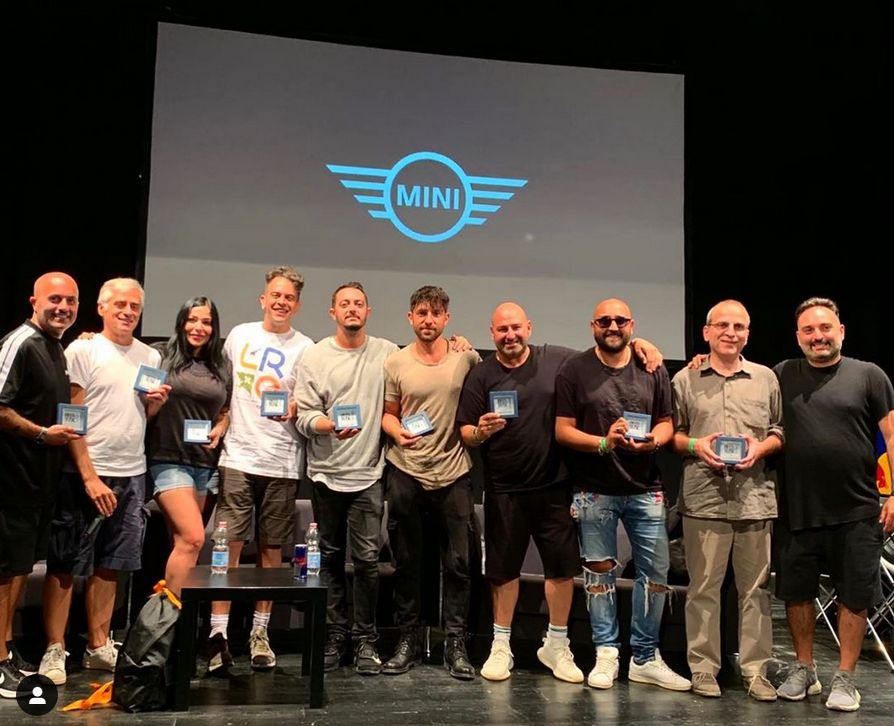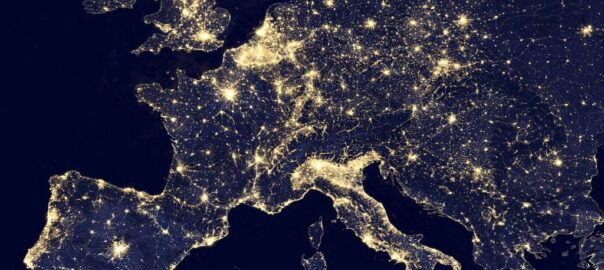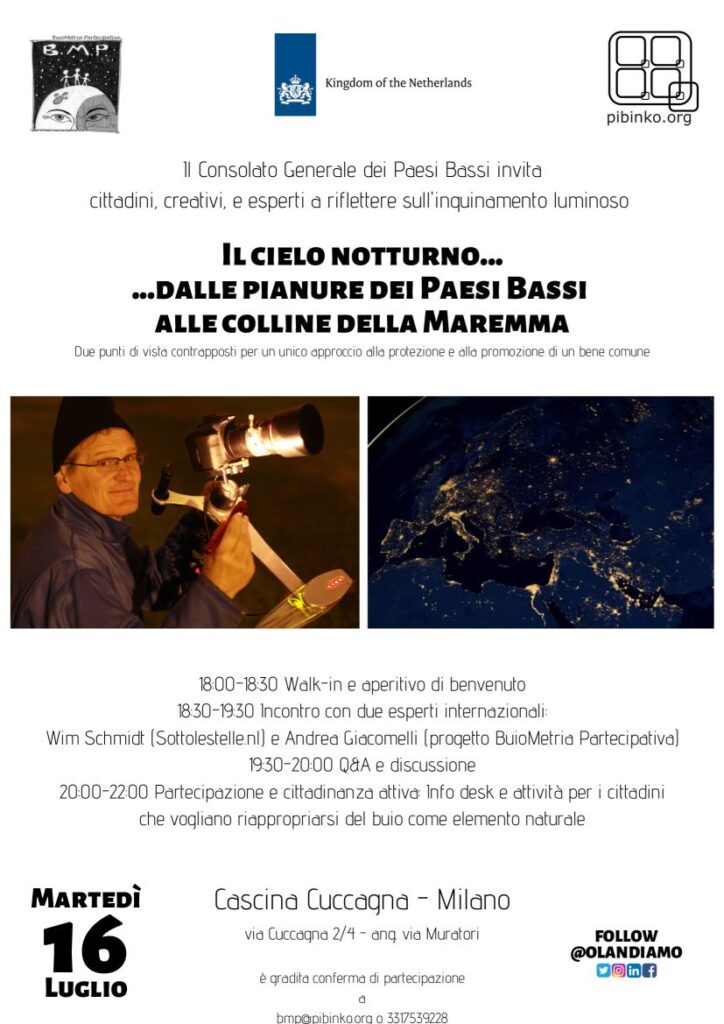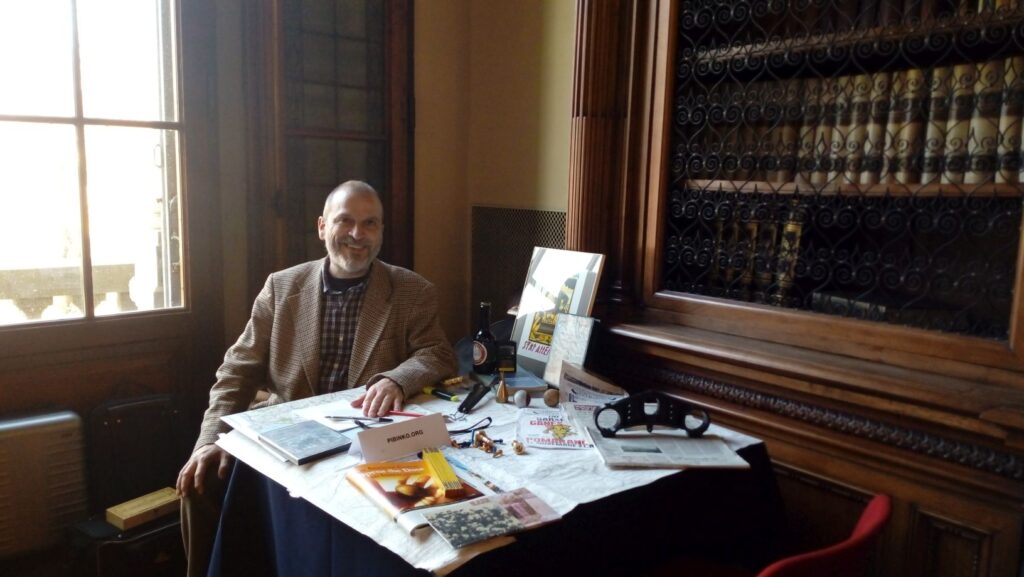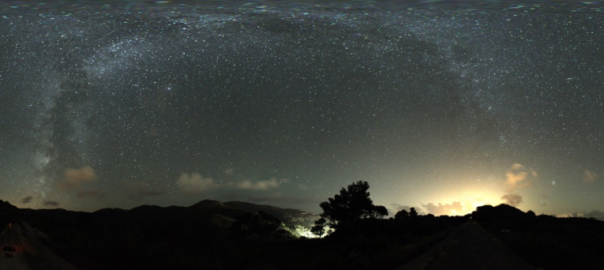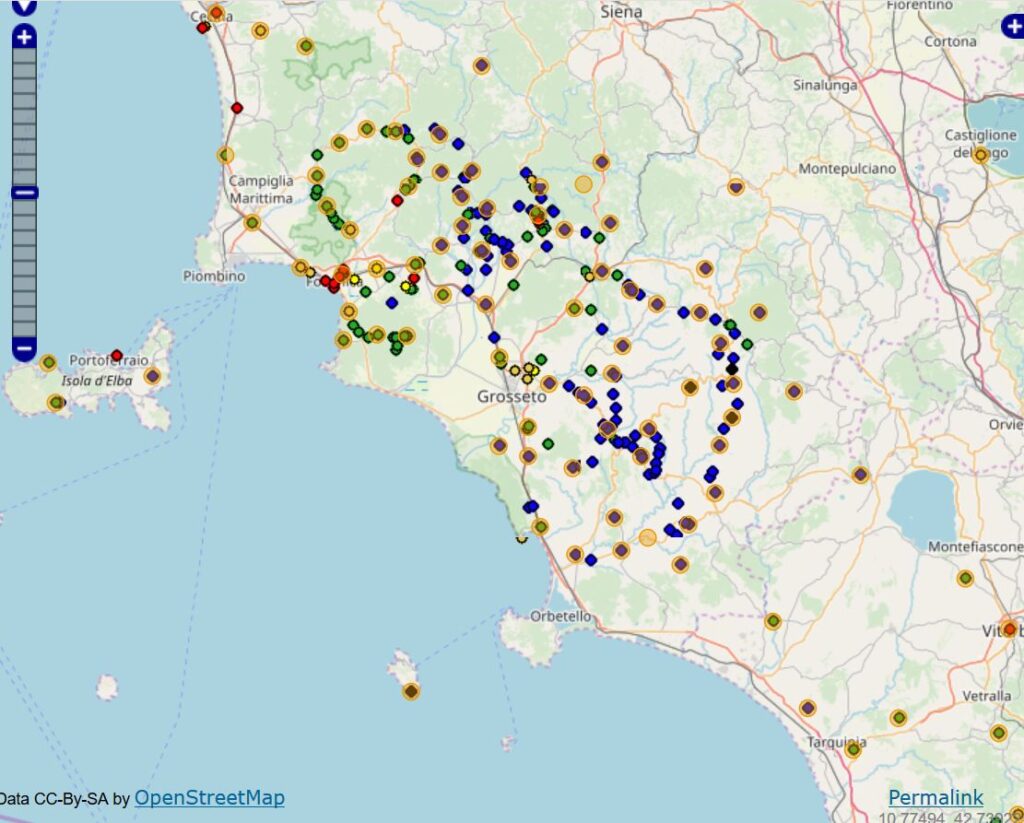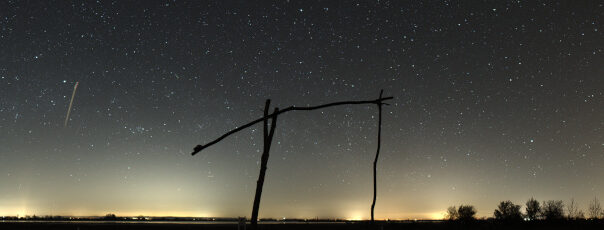The lecture will be a 2.30 PM

Measuring the quality of the night sky is necessary to assess light pollution and to evaluate its trends. These derive from a combination of existing and new lighting installations, and the applications of mitigation actions to reduce the amount of luminous flux escaping the primary areas where lighting is needed (and thus generating glare and skyglow), and containing increasing levels of blue light due to the diffusion of new generation lighting. Such measures are especially important in relation to protected areas, where night sky quality measurements by digital cameras have become a routine procedure. However, these observations lack the wavelength dependence of sky radiance; therefore, we have started a spectral sky quality survey parallel with the all-sky radiance measurements. To interpret the measurements, we also performed Monte Carlo simulations with the dominant light sources in the neighborhood of the measurement locations. We studied the effect of the tendencies of different atmospheric conditions for some reference cases with typical cloud and aerosol profiles. The structure of the aerosol layers has a significant impact on the night sky radiance distribution, and it is neglected in most of the recent light pollution modelling. I will present our first results obtained at the Zselic Starry Sky Park, in the context of a now fifteen-year-old program for the protection and promotion of the night sky in various nature reserves in Hungary.

The visit to Fondazione Mach is part of a tour in Italy with the BuioMetria Partecipativa project, active since 2008 in the interdisciplinary protection and promotion of the night sky.
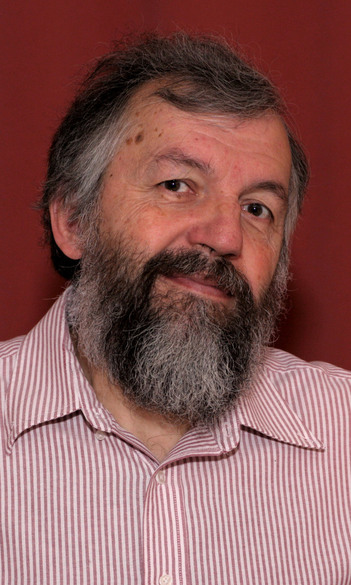
Zoltán Kolláth, professor of astrophysics at the Savaria University Center, Eötvös Loránd University, Szombathely, Hungary between 24 and 29 July. Prof. Kolláth is one of the highest international authorities in the field of light pollution studies, as well as in the promotion of the night sky as a resource. He was the creator of one of the first international star parks in Europe, the Zselic landscape protection area, and has for many years been a driving force in protecting night skies in Hungary, with the recognition of three parks certified by the International Dark Sky Association.
At the moment, the professor is responsible for a large national project for the development of scientific research on all aspects of light pollution, including the creation of new sustainable lighting systems. As an astrophysicist, he deals with the dynamics of pulsating stars. He is also very active in the dissemination in this sector, for example taking care of the soundtrack of astronomical signals that have been used in exhibitions and musical compositions, including a piece by John Legend.
